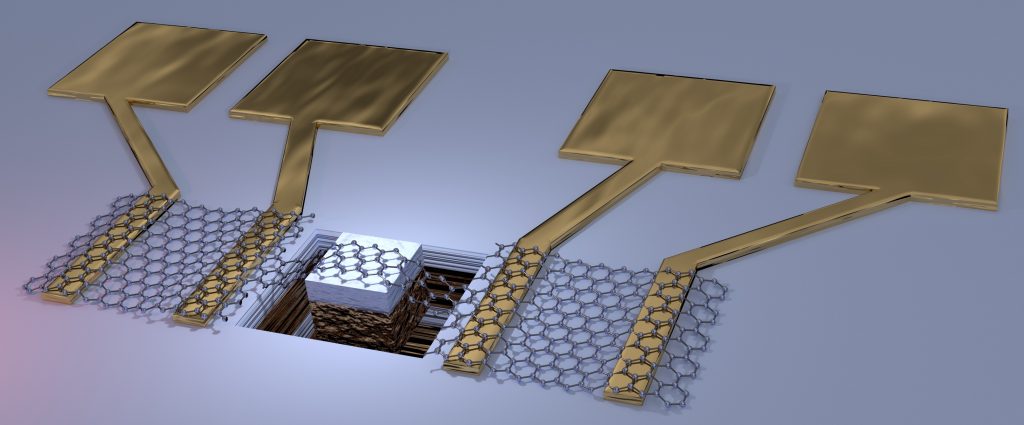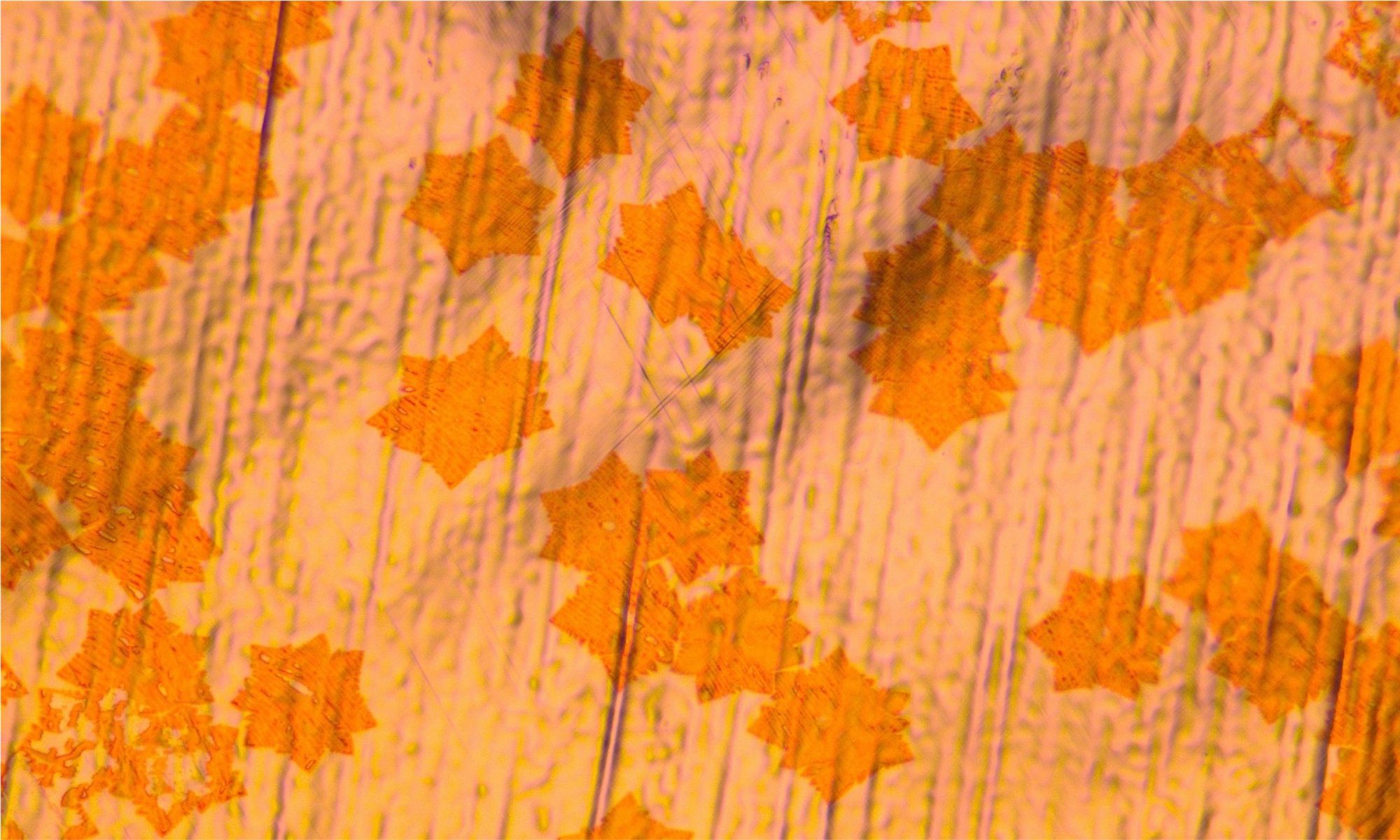In what could be a breakthrough for body sensor and navigation technologies, a team of scientists in Sweden and Germany has developed the smallest accelerometer yet reported, exploiting the unique mechanical and conducting properties of graphene.
Each passing day, nanotechnology and graphene research make new progress. The latest step forward is a tiny graphene-based accelerometer made by an international research team involving KTH Royal Institute of Technology and researchers from the Aachen Graphene and 2D Materials Center. Among the conceivable applications of such a tiny device are monitoring systems for cardiovascular diseases and ultra-sensitive wearable motion-capture technologies. The researchers reported their work in Nature Electronics.

For decades microelectromechanical systems (MEMS) have been the basis for new innovations in sensor and medical technology. Now these systems are moving to the next level: nano-electromechanical systems, or NEMS. Thanks to its extraordinary mechanical strength, its atomic-thickness, and its excellent conducting properties, graphene is one of the most promising materials for a breathtaking array of applications in nano-electromechanical systems.
“We can scale down components because of the material’s atomic-scale thickness, and it has great electrical and mechanical properties,” says Xuge Fan, a researcher in the Department for Micro and Nanosystems at KTH. “We created a piezoresistive NEMS accelerometer that is dramatically smaller than any MEMS accelerometers available today, but retains the sensitivity these systems require.”
The future for such small accelerometers is promising, says Fan, who compares advances in nanotechnology to the evolution of smaller and smaller computers. “This could eventually benefit mobile phones for navigation, mobile games and pedometers, as well as monitoring systems for heart disease and motion-capture wearables that can monitor even the slightest movements of the human body,” he says. “In addition, these NEMS transducers can be used as a system to characterize the mechanical and electromechanical properties of graphene itself.”
Max Lemme, professor at RWTH and Managing Director at AMO GmbH, is excited about the results: “Our collaboration with KTH over the years has already shown the potential of graphene membranes for pressure and Hall sensors and microphones. Now we have added accelerometers to the mix. This makes me hopeful to see the material on the market in some years. For this, we are working on industry-compatible manufacturing and integration techniques.”
This type of research is a good example of the activities pursued at the Aachen Graphene and 2D Material Center, Lemme says. “What is very characteristic of research on graphene and two-dimensional materials is the close feedback-loop between basic and applied research. We try to turn into real-life applications properties that have only recently been discovered, and this makes it for me all the more exciting”.
The research was funded by the European Research Council through the Starting Grant M&M’s (No. 277879) and InteGraDe (307311), the Swedish Research Council (GEMS, 2015-05112), the China Scholarship Council (CSC) through a scholarship grant, the German Federal Ministry for Education and Research project NanoGraM (BMBF, 03XP0006C), the German Research Foundation (DFG, LE 2440/1-2), and the European Commission (Graphene Flagship, 785219).
Bibliographic info:
The full article can be found on-line in the current issue of Nature Electronics https://www.nature.com/articles/s41928-019-0287-1
Graphene ribbons with suspended masses as transducers in ultra-small nanoelectromechanical accelerometers, Xuge Fan, Fredrik Forsberg, Anderson D. Smith, Stephan Schröder, Stefan Wagner, Henrik Rödjegård, Andreas C. Fischer, Mikael Östling, Max C. Lemme, Frank Niklaus
Nature Electronics, 2 September 2019:
